Pet Hydration Month Exclusive: When & How To Ensure That Our Furries Are Hydrated?
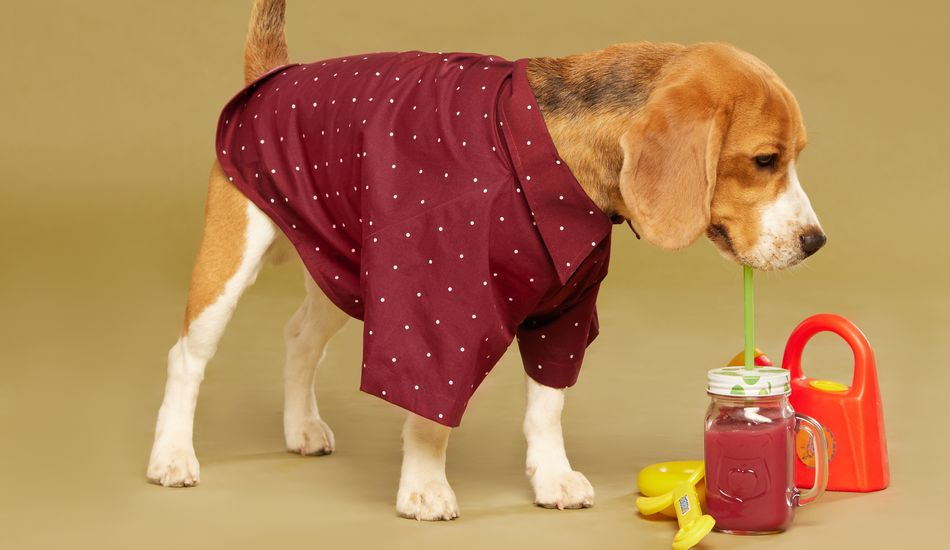
Hydration plays a significant role in maintaining the body’s health and vitals since we are made of 60% water. Do the math and see how important hydration would be if we were made of 80% water like our fur babies. Yup, that’s right. Our fur babies need to hydrate at regular intervals since their bodies comprise 80% water.
The National Pet Awareness Month highlights the importance of hydration and how important it is to keep a close eye on our fur babies getting hydrated regularly. The reverse of this, which is canine dehydration, can even result in chronic illnesses that are sometimes fatal too.
History of the Pet Hydration Month
Before we get started on how important it is to prevent dehydration in dogs and keep them hydrated, it is also crucial to know when and how this special month came into existence! Well, there is no denying that the scorching heat of July is khatarnaak(dangerous)! The only way you can give a tough reply to the heat wave is by keeping your furries hydrated. If you want to ensure that your pet’s general health is not compromised then you need to keep them well hydrated at all times.
The purpose of the National Pet Hydration Awareness Month is to bring to the forefront the importance of hydration and also educate pet parents about the warning signs of dehydration in dogs that they must look out for in their fur baby. Some of the symptoms include loss of skin elasticity, loss of appetite and lethargy.
The National Pet Hydration Awareness Month was primarily introduced by PetSafe to raise awareness about the proper water intake of all domesticated animals as the hydration aspect of animals is often overlooked. It focuses on canine dehydration. Throughout this month, PetSafe wants you to think that every time you raise a glass of water you must also think of your fur baby. Just like you need to consume the right amount of water every day, so do your furries. The annual observation related to the National Pet Hydration Awareness Month also requests all pet parents to limit their furry’s exposure to extreme temperatures.
You must keep freshly-filled water for your furry at all times and give your pet easy access to water as well. Through this month, we remind all pet parents to take care of their pet’s hydration and keep an eye on dehydration symptoms. They are also recommended to keep a check on their water bowls and fill it with clean water regularly.
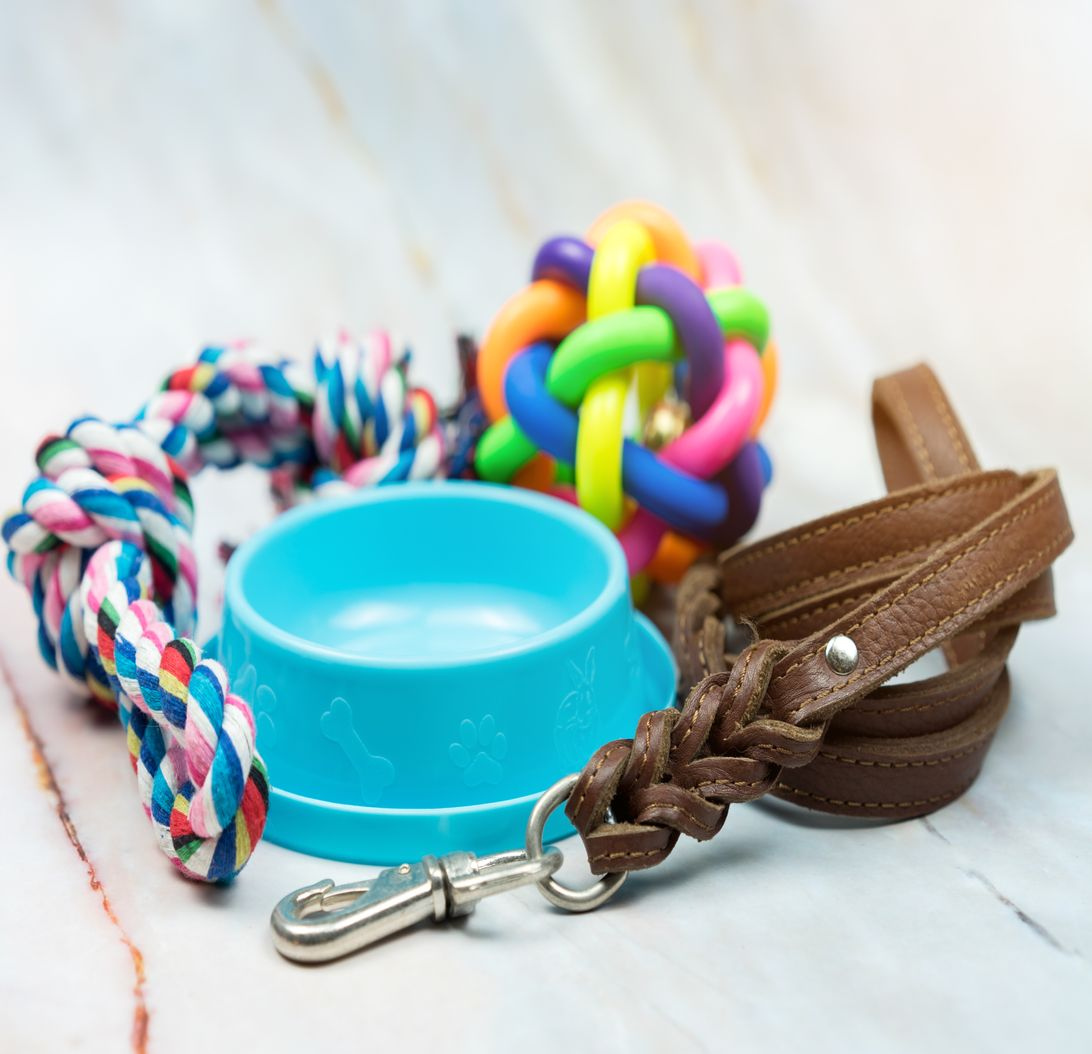
Just like too much of anything is bad. Similarly, too much water intake can also be harmful. While canine dehydration is dangerous, over hydration is also bad! This is why, the National Pet Hydration Awareness Month talks about water intoxication, which can occur due to exposure to water bodies.
Here is a brief timeline of the National Pet Hydration Awareness Month:
- 9000 BC: Sheep were the first animals that were domesticated and became the first pet for humans for fur and meat.
- 1889: This was the year when the most popular American Kennel Club was established. It was set up with the purpose of advocating the proper safety of domesticated canines so that anyone who keeps them as their pet provides them with proper shelter and food. ● 2018: The Birth Year of the National Pet Hydration Awareness Month!
Is My Furry Dehydrated?
A question that might come to most pet parents' minds is if their furry is dehydrated. Dehydration in pets exhibits itself through lethargy or not drinking water at all. Or it could also be because suddenly your furry is drinking a bit too much water. Well, there is nothing to worry about! Often, a little or slight increase in the water intake of your fur baby is completely normal. When your furry may be getting more physical exercise than their usual routine, they may feel a little extra thirsty - just like their human companions. Don't we feel like having an extra glass of water sometimes? However, there is a thin line between fine and unwell. Sometimes drinking too much water could be a sign of an underlying health issue. It could be indicative of kidney trouble, diabetes or even a urinary tract infection. Therefore, keep a keen eye at all times.
Dehydration in Dogs
Dehydration in dogs takes place when they lose their water content and electrolytes more than the amount they consume. Due to this, their organs and other body parts start getting affected negatively. Canine dehydration is a serious problem and needs to be treated immediately.
To help you gauge your pet’s situation better, here are a few symptoms that are indicative of dehydration in dogs:
- Loss of appetite
- Sticky gums which are also dry
- Extremely reduced energy levels and excess lethargy
- Dry eyes which may even look sunken
- Panting
- Dry nose
- Vomiting with or without diarrhea
- Loss of Skin turgor
Dehydration in Cats
Just like dogs, cats can also get dehydrated. Here are the warning signs of dehydration in pets/ your feline:
- Dehydration in cats causes them to feel nauseous which makes them lose their appetite. ● Low or no energy.
- Extremely thick saliva. Well-hydrated cats have thin saliva. However, thick, rope-like saliva is a crucial sign of dehydration.
- If your cat is suddenly not littering the litter box then it could potentially be a dehydration symptom. This is because dehydration can cause them to become constipated.
- Cats do not pant. If you see your cat panting, then it could be due to dehydration or because of some other health concern.
- Cats do not sweat a lot. When they do, they sweat through their paws. Check your cat’s paws for excess sweating.
Is My Furry Drinking Water in Excess?
While it is important to check that your furry should not get dehydrated as both canine dehydration or feline dehydration is dangerous, they should not drink water in excess either as it can lead to water toxicity. If you think that your fur baby is drinking too much water, then you need to measure their daily water intake. Follow these steps to track water intake.
- Begin the day with an empty bowl. Take another bowl and fill it with the amount of water that you need your fur baby to drink in a day.
- Use the container that you had to fill your fur baby’s water bowl throughout the day. ● For example: If your fur baby weighs 18 kgs, you must fill the jug with 1 litre of water. It is useful to keep an eye on the amount of water your furry drinks. If they tend to finish the entire bowl of water, then you only need to refill it once in 24 hours.
- However, if your fur baby tends to drink a lot more water than what you have given them in the bowl, then it is crucial to take them to the vet for a checkup.
PSST: This method of measuring the amount of water your furry drinks may be a little messy and maybe a little tough for households which have more than one pet who drink from the same bowl.
Another way of checking the amount of water your furry is drinking in a day is by keeping a close look at their urine. By checking the urine we mean that you must observe the amount of urine and its colour. Any dog who would be drinking more water than is required will be urinating more than usual. Your dog may even be having accidents in the house. It is pertinent to keep in mind that a
a dog that is drinking too much water will be urinating diluted urine that is pale in colour or even clear.
If you feel that your furry is drinking more water than usual then you can book an appointment with the vet as it could be due to canine dehydration. It is possible that the vet may ask you to get a urine sample with you. They may ask you what kind of food you have been feeding your fur baby.
Bowow: You can always reach out to our veterinary experts at Zigly who will conduct a complete physical examination of your furry and let you know how to take proper care of your fur baby in such a situation.
How To Ensure That Our Furries Remain Hydrated?
We cannot emphasize enough the importance of keeping your fur baby hydrated. If your furry gets dehydrated to even a low level, it can be a source of stress on their organs. Also, it is crucial to keep in mind that the furries who have kidney problems or stones must be kept well hydrated at all times. At the same time, as we mentioned before, if your furry is drinking too much water, it can be a cause of concern. To ensure that your fur baby stays hydrated the right way, here are a few points to consider.
- You must make sure that freshwater is easily accessible to your furry at all times.
- Ensure that the water is cool as cold water is more palatable to both humans and animals.
- Raise the water bowl on a stand keeping in mind the size and height of your fur baby.
- If you feel that your fur baby is not drinking enough water as they should in a day, then try
adding a splash of chicken broth to their water bowl. This will tempt them to drink more water. There are also dog hydration supplements that can be added to the water.
- Many times, adding wet food to your fur baby’s diet can also be a huge help in increasing the water intake. Wet dog food or wet cat food is hydrated (obviously) and helps in maintaining the right water levels in your fur baby’s body.
How Much Water Is Too Little or Too Much?
This is a frequently asked question when it comes to the hydration of furries. If we talk about dogs, the best way to know how much water they must be drinking in a day depends on their body weight as it helps in preventing canine dehydration. Knowing your dog’s body weight helps in calculating the amount of water they should be drinking in a day. In an ideal scenario, your pooch should drink 1 ounce of water per 1 pound of their body weight in a day. Simply put, a 5-pound dog should be drinking at least 5 ounces of water in a day and a 50-pound dog should drink 50 ounces of water on a daily basis.
Experts also confirm that water consumption also depends on the level of physical exercise, activity level and the temperature of the area they live in. These things in total contribute to the total amount of water they should consume.
There are also other specifications which factor in when deciding the amount of water your fury baby should consume. These include:
- Body type and body condition
- The breed that your fur baby belongs to
- Age of your furry
- If your pooch has any health condition or is on any kind of medication
Bowow: While we talk about the amount of water your pooch must drink in a day, it is crucial to know that different breeds and sizes will have different water requirements. For instance, the volume of water that a small breed will drink in a day will be much lesser as compared to a large breed dog. Also, younger dogs will always drink more water as they are in the stages of growth and development. This is one of the most common tests performed across the globe in order to diagnose animal dehydration.
FAQ’S
- How can you rehydrate your dog?
Ans: If you suspect that your dog is dehydrated then you must first try to make them drink as much water as possible. Give your furry access to clean and fresh water. Many dogs start vomiting due to dehydration and even lose their appetite. You must immediately take your dog to the vet and get them fully examined. The vet may suggest giving your dog a fluid that is electrolyte enhanced. This will help your dog in balancing their electrolyte count.
- How long does it take for a dog to get over dehydration?
Ans: A dog can stay without water for 72 hours! However, they will start exhibiting symptoms of dehydration in the first 24 hours itself. If you are treating your dog for dehydration then you need to give them free access to fresh and clean water at all times. At the same time, you must also make sure that your dog does not drink too much too fast as this can make them sick. The process of rehydrating a dog takes time. You may have to take your dog to the vet and get intravenous drips administered for 2-3 days along with some medication.
- How do you rehydrate a dog that won't drink?
Ans: If you want to treat your dehydrated dog then you can give them fresh clean water for starters. But if your dog is not interested in drinking water then you can make the water a little more appealing by adding ice cubes or adding water to your furry’s food. Many pet parents also prefer switching to canned dog food which has a high water content.
If you feel that your dog is not drinking water even after repeated coaxing then you must take them to the vet. The vet after a proper physical examination may suggest getting intravenous drips administered along with some medication.
- How do dogs act when they are dehydrated?
Ans: if your dog is dehydrated, you may see them exhibiting the following symptoms:
- Loss of appetite
- Lethargy along with reduced energy levels
- Thick saliva
- Loss of skin elasticity
- Excessive panting
- Dry, sticky gums
- Dry nose
- Vomiting with or without diarrhea
- Dark or discolored urine
One of the easiest ways to check if your dog is dehydrated is to observe if there is a loss in the skin elasticity. The best way to do it is to pull your dog’s skin from the shoulder blades and then leave it. If the skin falls back into place quickly then your dog is well hydrated. However, if the skin takes long to get back in place then it is a sign of dehydration.
- Can I squirt water in my dog's mouth?
Ans: No you must not squirt water in your dog’s mouth directly. It can choke them and cause more damage than good. You can however, squirt water in the cheeks which helps in swallowing easily.
The best way to make your dog drink water is by giving them free access to clean and fresh water. You can add ice cubes in it during the hot summers to make it more appealing to your fur baby.
- How can I give my dog liquid at home?
Ans: If you want to increase your fur baby’s liquid intake then you can ensure that they have free access to clean and fresh water at all times. If your dog does not drink water properly then you can give them wet canned food as it has a high water content.
You can also add different flavors in your fur baby’s water and make it more appealing for them.







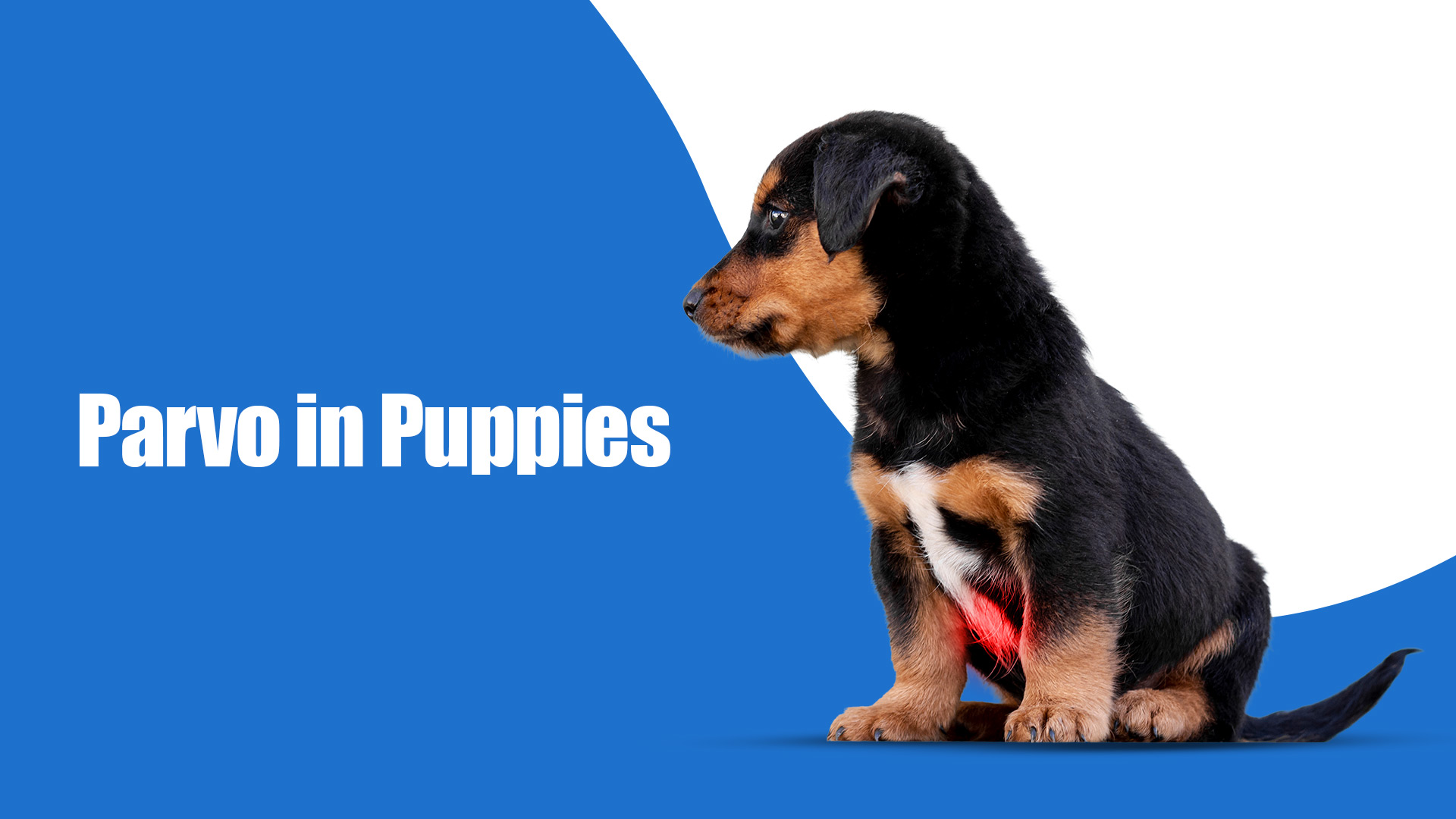
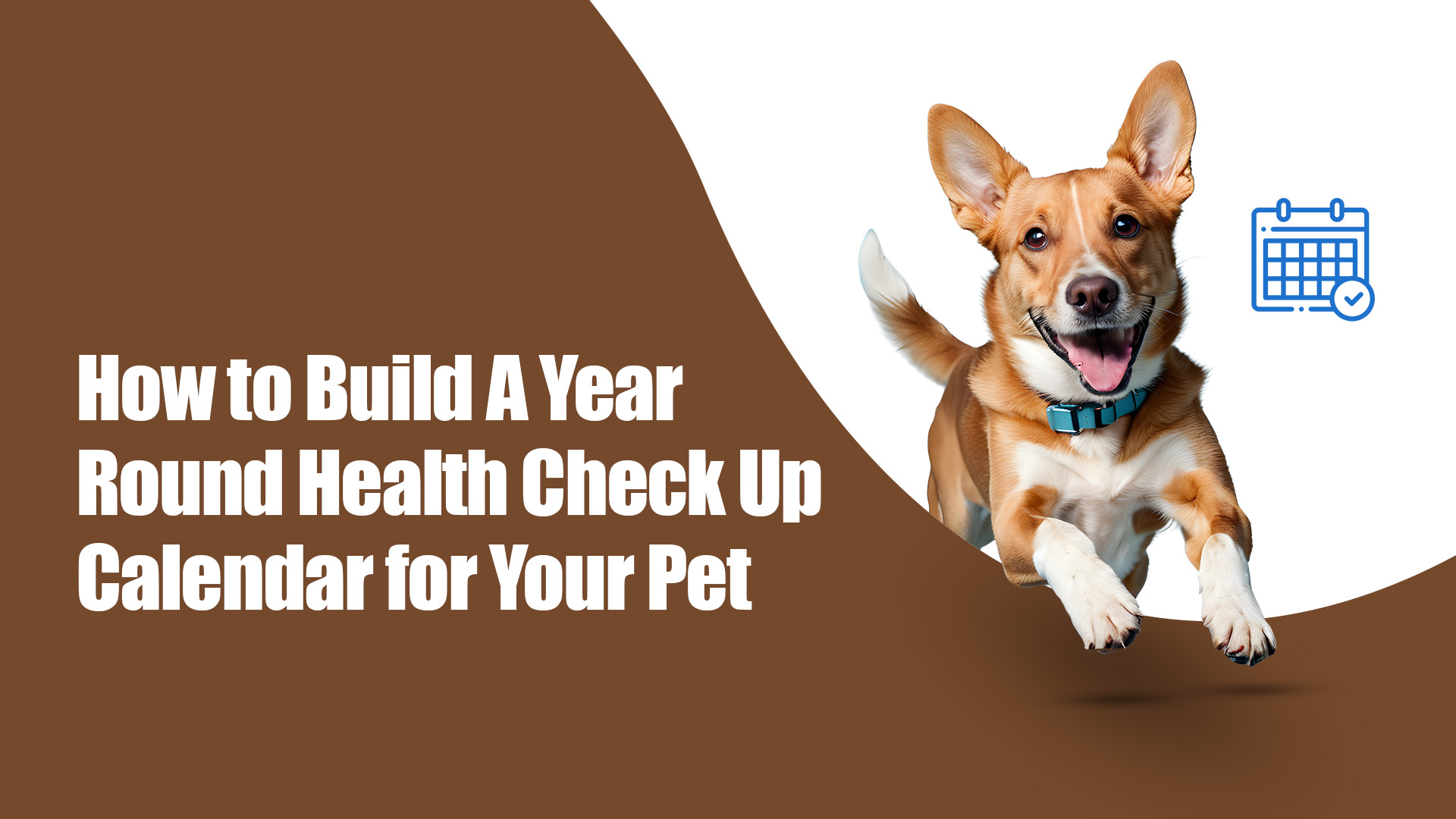
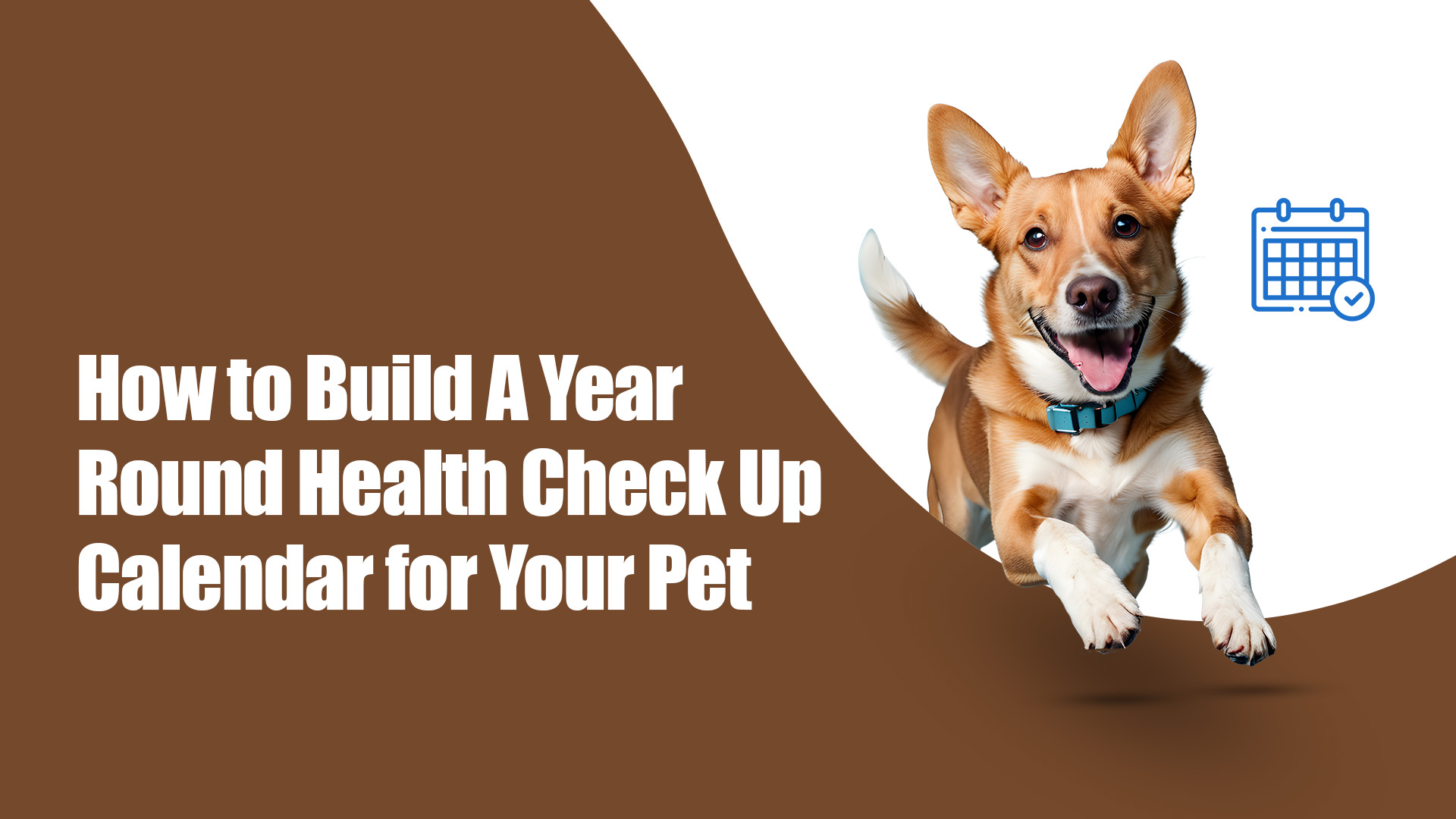


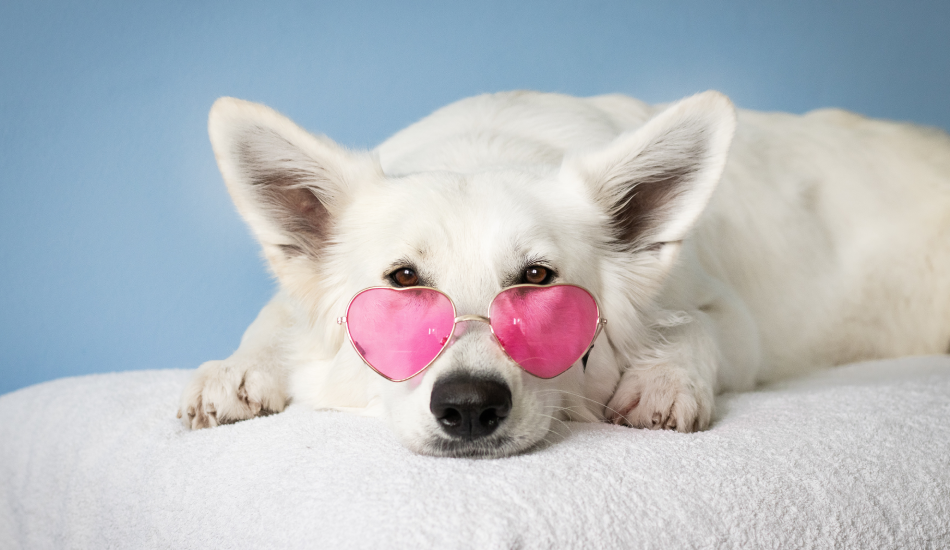

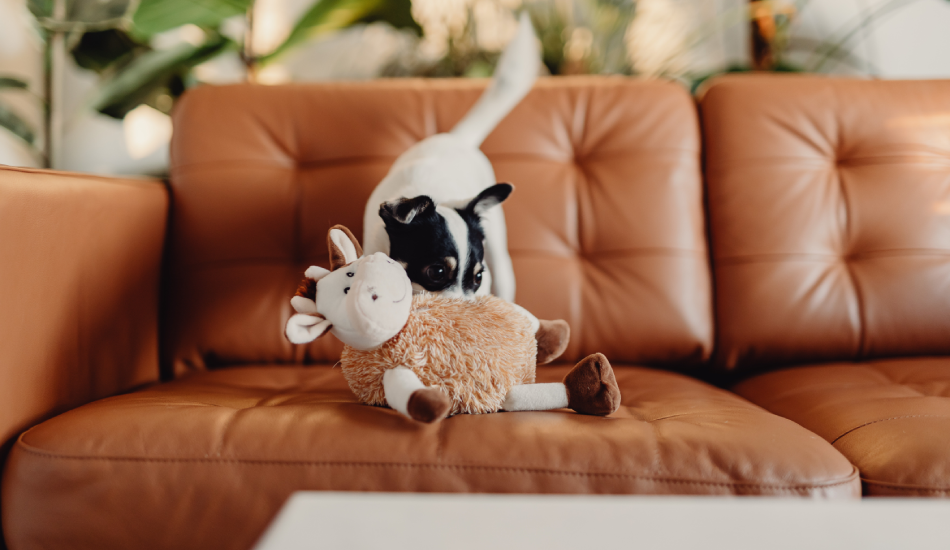
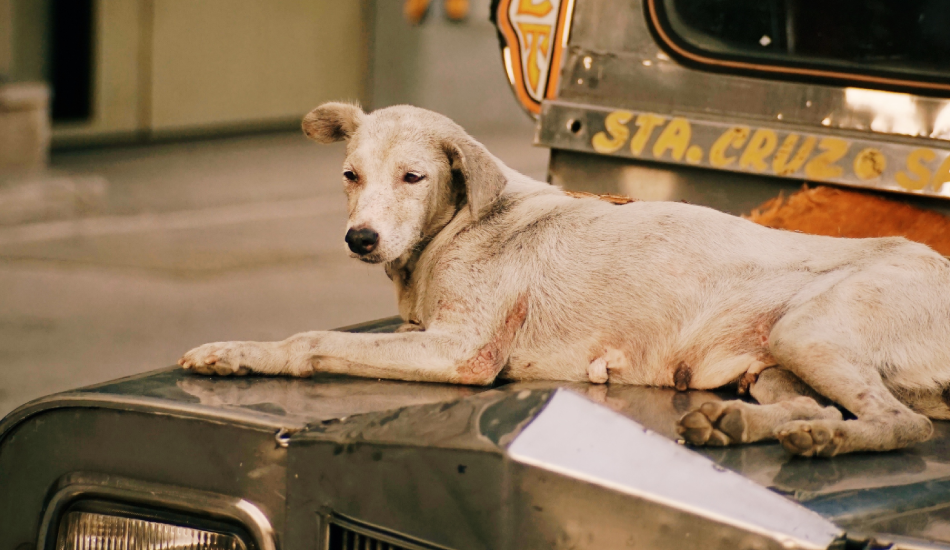

The information below is required for social login
Create New Account